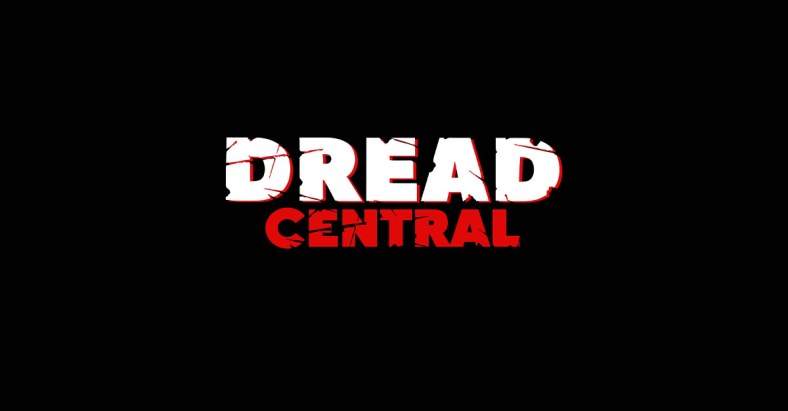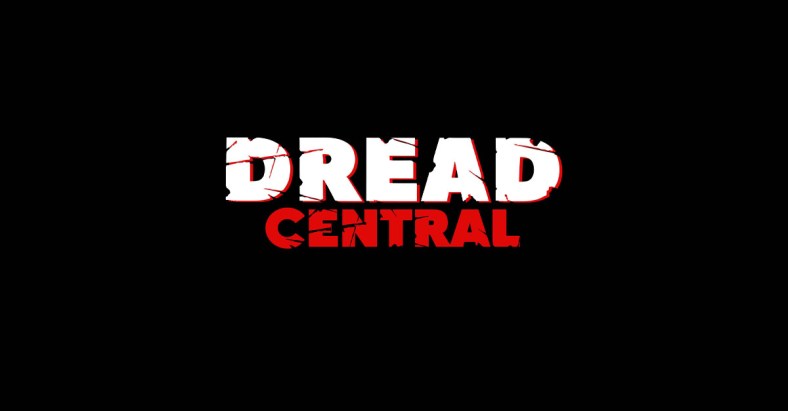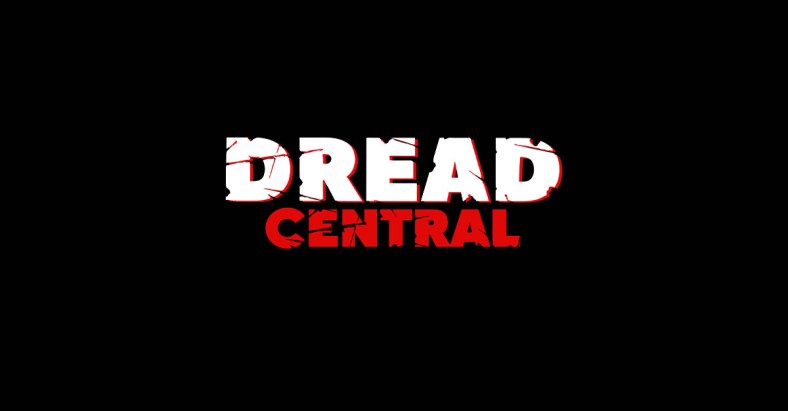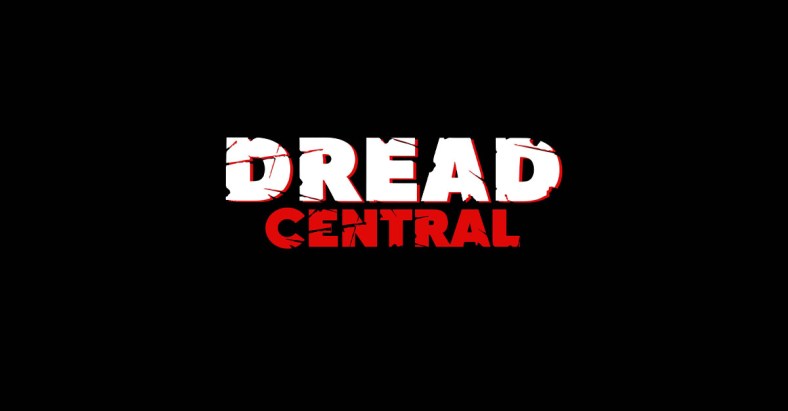Interview: Aldo Shllaku on Composing Ryuhei Kitamura’s Downrange + First Clip and Poster

Ryuhei Kitamura is known to horror fans for his films Versus, The Midnight Meat Train, Godzilla: Final Wars, Azumi, and so many others. The film is having its world premiere at the Toronto International Film Festival, where viewers will get to see a deranged sniper stalk and pick off a group of stranded friends one-by-one in a gleeful explosion of carnage.
We had the chance to speak with Downrange composer Aldo Shllaku, who worked previously with Kitamura on Lupin the 3rd. Shllaku’s approach to composing Downrange was fascinating, to say the least, utilizing clever methods to turn sound into music, adding a sense of immediacy to the film. You can read our interview below.
Downrange stars newcomer Kelly Connaire, Stephanie Pearson (Insidious: Chapter 2), Rod Hernandez-Farella, Anthony Kirlew, Alexa Yeames (“The Originals”), and Jason Tobias (“Notorious”). It is currently scheduled to be released in early 2018.
Synopsis:
Six college students are carpooling cross-country when one of their tires blows out on a desolate stretch of country road. Getting out to fix the flat, they quickly discover that this was no accident. The tire was shot out. With their vehicle incapacitated, the group is pinned down and mercilessly attacked by an unseen assailant as they desperately attempt to find a way to escape.
Dread Central: Tell me about coming aboard Downrange and what it was like to add music to Ryuhei Kitamura’s vision.
Aldo Shllaku: Downrange is my third collaboration with Ryuhei. He and I had discussed the project starting at a very early phase. There was no script at that time, there was only the concept for this gritty thriller about a deranged sniper who shoots people. Another important consideration was the way he wanted to make this film: independent guerrilla style, a way that would bring him back to his roots of independent filmmaking, a-la Versus, his first feature, which put Kitamura on the map as a genre director and filmmaker.
Right away I told Ryuhei that I wanted to make the sniper’s gun an integral part of the score. It was a first instinct and a concept that got him very excited. From that point on it became a question of how to enrich that initial idea I had. I knew, though, that it would be almost impossible to have an interesting and supportive score with just sounds from one riffle. However, I was not too worried at that point because until they’d wrap up the film shoot there was enough time to think and come up with something that would serve Ryuhei’s vision.

DC: I hear that you used some rather unorthodox techniques to create the score, including sampling the guns for use as percussion and having the cast and crew lend their voices. Can you go into some detail about that?
AS: I was lucky to have a few months to work on the score, read the script, go on set, discuss more with Ryuhei — all the while sticking to my first reaction to the story. I built the score focusing on three elements: melodic material, textures, and the rhythm section, essentially breaking down what music consists of: melody, harmony, and rhythm.
For the rhythm section I sampled the weapons in a very detailed way using them as percussive instruments. I took the recorded sounds and treated them further with sound-design tools to make even more sounds. Then I had everything programmed in a format that I could access and use during the writing process.
For the melodic material, I used the serial system with seven notes. These notes are derived from the title of the film: Downrange. I already had four notes in the title, D, A, G and E. The other three notes I found by using a math calculus based on the correlation of the remaining three letters (O, W and N) to the English alphabet. That number was used to place these three notes in the series and after a few more math calculations I had my seven notes, the prime, and lastly my matrix.
I wanted to see the harmony as sound texture and not necessarily as harmonic formulas or harmonic language. For this reason, the director and three actors came into the studio to “sing” the word Downrange in many many different ways. Then each letter individually with the focus on the letter R (to complete all the letters on the title of the film). Again, these recordings were processed through sound-design tools and more sounds and textures were created. Then, same as with the weapon sounds, I had everything programmed for use during the writing process.
It was a laborious process but at the end very rewarding, as I wanted to be to these characters as close as possible sonically and bring these characters as close as possible to the score.

DC: Snipers, at least for me, call to mind a certain sense of tense patience, as though each moment must be accounted for yet have the ability to burst into shocking violence. What was your mindset when approaching the score for the film?
AS: Acknowledging the sniper was not a priority; staying with the terror created by him was a necessity. The story stays with the victims most of the time and things are presented from their perspective. We realize how deranged, how patient, how ruthless the sniper is, through his victims’ struggles to survive. However, when it came to the sniper himself, Ryuhei and I wanted to infuse a little bit of an 80’s feel to the score. We like that music, we are fans of that music, hence, the use of the analog synths in the instrumentation. It’s one of those moments when you say, why not, let’s have a little bit of fun with this. The same synth ostinato played when we first reveal the sniper in the film is repeated as the very last notes of the end titles, a track which displays in full glory the weapon sounds.
DC: Do you feel that horror/thrillers offer different kinds of musical opportunities that other genres don’t?
AS: Each genre gives and at the same time restricts you of certain creative freedoms. Horror/thriller is a particular genre because one gets that experimental canvas. For a composer it is perfect – almost no limits to creativity. There is a great number of insanely beautiful references by the masters of the genre that show how creative you can be. It’s always inspiring to hear the horror/thriller scores of Bernard Herrmann, Jerry Goldsmith, Ennio Morricone, John Williams, Christopher Young and many more. With this genre as a composing canvas and with a director that is willing to go on a creative journey with you, sky is the limit. I am grateful to Ryuhei for giving me that freedom and for sticking with me during the process.

DC: I always like to think that the music of a film is a character of its own. If you had to describe your music as an actual physical character in the movie, what would that character look and be like?
AS: The music is the character that sees everything, that is in pain with everyone, that runs whenever there is danger. It’s a mirror of the intense struggle for survival and the terrorizing experience these characters have to endure. It’s the witness, hiding somewhere in plain sight… sharing the ordeal and at the end the same fate as everyone else.
DC: What’s next for you?
AS: I have just completed the writing and recording of the score for another film directed by Ryuhei and I’m currently in the mixing phase. I am also writing the score for a feature that follows the adventure of a national soccer team. A departure from the genre of my last three films, this one is a feel good film, and I’m really enjoying creating music for it.

Categorized:News

